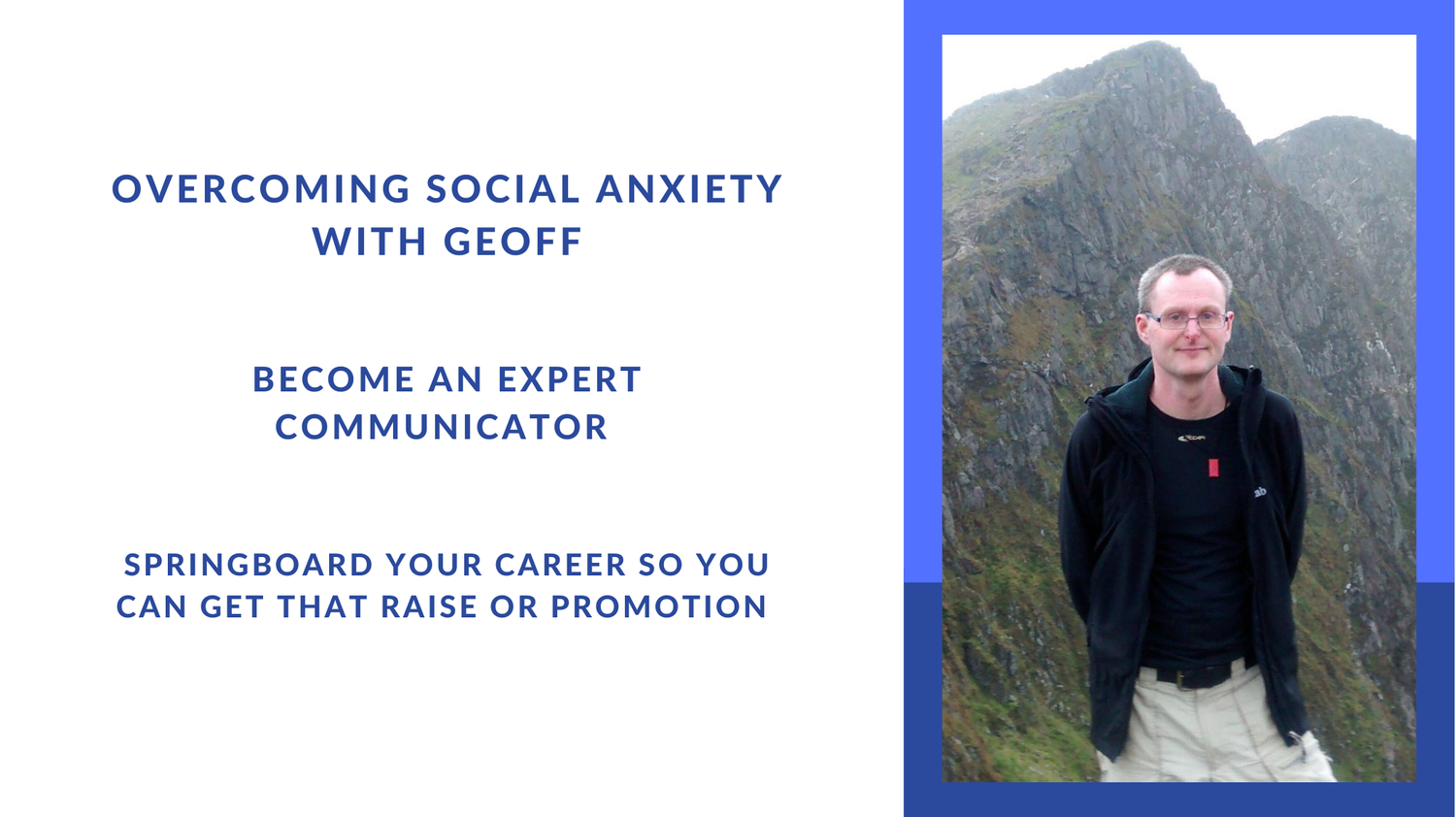Inside your body there are trillions of microscopic organisms: bacteria, viruses, fungi and archaea - collectively known as the microbiota. They live in the gut, on the skin and in the vagina. They have an affect on our mood our sleep and our health. They help to breakdown our food and help fight off hostile bacteria. This video from nature video explains what they are:
https://www.youtube.com/watch?time_continue=2&v=c_ZRZkU-FEw&fbclid=IwAR0R9SdTjRdMTp_6eK-dN6xZvM3MiQzV08RVusvzT3X-VAqQGEzHgARZeZE
The British Medical Journal explains more about what the microbiome is. The human microbiome is composed of communities of bacteria (and viruses and fungi) that have a greater complexity than the human genome itself. The microbiome is dynamic and changes with early development, environmental factors such as diet and use of antibiotics and especially in response to disease.
https://ep.bmj.com/content/102/5/257
Innate Lymphoid Cells are a link between the nervous system and microbiota in intestinal networks. This study (Han et al, 2019) describes the link:
https://www.hindawi.com/journals/mi/2019/1978094/?fbclid=IwAR0XHd85Mv3CcO7Of_9Exshogh0yKiIMZzGjb-W80zRRsCnw35nB5O5ej3k
The microbiome affects our overall health. Social stress alters both the composition and behavior of gut bacteria, leading to self-destructive changes in the body’s immune system.New research (American Society for Microbiology) explores the health impacts of stress on the microbiome:
https://www.psychologytoday.com/ca/blog/neuronarrative/201906/could-stress-turn-our-gut-bacteria-against-us?fbclid=IwAR2j6-zXowcT78p-8cRL-E_f5eIn7moEGaY-NXzz82b7xH3GhJNA-EBA4xA
This podcast from Botanical Biohacking explains the link between microbiota, mucus, and Bipolar Disorder:
https://botanicalbiohacking.com/blog/2019/7/2/0p3dvh6ep1t5abp40m1gx5dconz7vs?fbclid=IwAR3A3d_hkNvRXdt4m_E6w_y5h_DT-A20y0b-7bkvuOfsMCXZYd8v8uqeYU4
Gut bacteria are critical for optimal muscle function. Nay et al, (2019) research a possible link with glucose homeostasis:
https://www.ncbi.nlm.nih.gov/pubmed/31039010?fbclid=IwAR3UCTyt2ryRxYXH67UzpdPpZd8anBpVwo50KN1_OazRLEyPeq4_Jj6Z2BA
A new study (Scheiman et al., 2019) looks at a possible link between Gut bacteria and exercise. They found that specific gut bacteria called Veillonella is correlated with increased aerobic exercise capacity in humans and mice:
https://www.psychologytoday.com/us/blog/the-athletes-way/201906/does-one-type-gut-bacteria-make-aerobic-exercise-easier?fbclid=IwAR2KzZrO6Ciu5TyIZ46I0QbI--_4iScXsKIrmemQlhWwy8Im4tow_Uy59DA
Medical News Today report that common food additive may impact gut bacteria, increase anxiety. A study in humans concluded that gut bacteria "can be directly impacted by these commonly used food additives, in a manner that subsequently drives intestinal inflammation."
https://www.medicalnewstoday.com/articles/324232.php?fbclid=IwAR3BPq2LQpTxIcajXmyVFIic2SmlZZQyq2QbK2z2FWISZTCe6AGs-g1oE2U
Fibromyalgia is linked to the microbiome report Neuroscience News (2019). Scientists from McGill University have found a correlation between a disease involving chronic pain and alterations in the gut microbiome. Fibromyalgia is characterised by chronic pain, fatigue, and impaired sleep. It affects 2-4 percent of the population and has no known cure.:
https://neurosciencenews.com/mirobiome-fibromyalgia-14286/?fbclid=IwAR2OCewm7QieHiEaEr8ep6iE4_8raaDc8T3UN5H90izv2wYpwnM1euR_Kek
Anxiety might be alleviated by regulating gut bacteria report Science Daily (May 2019). A team of researchers from the Shanghai Mental Health Center reviewed 21 studies. They found that non probiotic interventions (i.e. a change in diet) were more effective than probiotic interventions for alleviating symptoms of anxiety.
https://www.sciencedaily.com/releases/2019/05/190520190110.htm?fbclid=IwAR2hMXhoOu2FYtvEaZRQ6yQmGYS-dmNicIIWxSFlvDe6p6biHpeJ_EUIuqU
Gut bacteria associated with chronic pain for the first time, Medical Express.com report
https://medicalxpress.com/news/2019-06-gut-bacteria-chronic-pain.amp?fbclid=IwAR3XxfjQI33nwagJsLFt-24jXNxfXlEQEDEfgMtyKuvSMPlKKhXyIvF8q9U
Babies' Temperament Linked to Their Gut Bacteria according to scientists in the FinnBrain research project of the University of Turku (Technologynetworks.com, June 2019). “One of the findings was that greater diversity in gut bacteria is connected to lesser negative emotionality and fear reactivity”.:
https://www.technologynetworks.com/neuroscience/news/babies-gut-bacteria-linked-to-their-temperament-320836?fbclid=IwAR3_DMXdoNU6ZZ3G3J13LN1DN1Xf5QDStyuV7-YtwUJLnQqcu1pXb5RpEDA
Men's Testes Have a 'Microbiome.' Could It Affect Fertility? A study from Italy suggests that microorganisms may live naturally in this part of the male reproductive system. They also found that the testicular microbiome may be different in men with a type of infertility called azoospermia, who have no measurable sperm in their semen, than it is in fertile men:
https://www.livescience.com/62852-men-testes-microbiome-fertility.html?fbclid=IwAR0Mw_gZ7gc9-cHkonDX4qy3I-LSeZ7lrlOFwC_Q53eazSOPCJO-ByyE5AY










